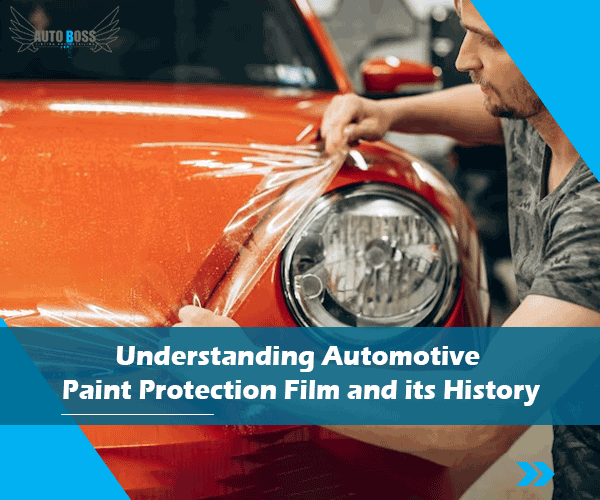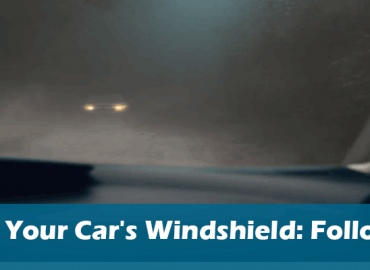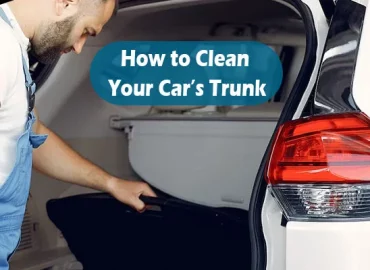The paint protection film is also known as clear, clear paint. It is a self-healing film that is applied to the car surface. PPF is a durable, thin clear urethane film. It is designed for paint protection and sleek vehicle finishes. It is applied on the car’s painted surfaces and provides a barrier against bird droppings, road debris, corrosive elements, tree sap and other environmental hazards. PPF is available in different colors, thicknesses, and qualities.
It was first created by 3M in the early 1990s. Now 3M is a leading PPF manufacturer. Other companies also started developing PPF products that vary in durability, quality and cost. The major purpose of PPF is to protect original car paint from chips, fading or scratches. It also provides UV protection that causes discoloration and fading. It is also used as a business promotion by getting the business ads printed on them.
An average consumer needs help to apply PPF perfectly. It needs special tools and training to ensure proper PPF installation. The PPF history is relatively short, but it has become valuable for vehicle owners looking for car paint protection. It became a popular form of exterior car protection.
Military origin
PPF was first developed and used by the military in the Vietnam War. It was first used to protect the moving parts of the helicopters, like rotor blades. The major advantage of this film was its replacement and easy cleaning; many still call it “Helicopter tape”. Its light weight has made it a successful experiment.
Automotive uses of PPF
The automotive world investigates PPF. NASCAR professionals applied this thin film on car nose cones in the 1980s. The clear urethane layer was provided on demand for expensive decals. Before PPF adoption, car owners protected the front end with material layers like vinyl or leather.
How was PPF discovered, and when was it used?
Paint Protection Film was discovered in the 1960s by a company named 3M. The original purpose of this film was to protect the Jet fighter’s USAF F-4 Phantom from abrasion. It can protect the jet fighter’s edges caused by debris and sand during landing and take-up.
3M continued to develop the PPF technology. It was available for commercial use in the 1970s. The first PPF was a film made of clear urethane with adhesive to protect car paint from environmental damage. It was widely available and used in the 1980s for all types of vehicles, including motorcycles, cars, boats and aircraft. It is especially popular among car lovers who want protection and a unique appearance for their cars.
New features of PPF were introduced in the 1990s, including self-healing properties. In this technology, the PPF heals itself after damage or scratch. PPF has gained popularity due to this feature.
Technology evolved; the process was refined to provide better vehicle protection.
PPF layers
Usually, three to four layers of PPF are used.
Polyester layer: The first layer is made up of polyester that bonds to the car’s surface. It is also known as the “release layer.”
Second layer: it is an acrylic adhesive that provides durability. So that PPF won’t peel off or flop around.
Third layer: The polyurethane layer makes up bulk films that provide strength and depth of the film.
Clear coat: The final layer provides clear, color or matte finishes. It has a variety of colors, thicknesses and grades.
Self-healing
Some of the paint protection films are self-healing. PPF is made up of urethane, a polymer. Its elastic properties allow it to heal itself. When the damage source is eliminated, it returns to its natural start. Remember! Only some of the PPFs are self-healing. Non-healing PPF is cheaper than self-healing.
Is PPF worth it?
Paint protection films‘ worth depends on the needs and wants of the individuals. It is a great source of car protection and can be a good investment in the long run. It helps maintain car paint for many years.
Installation types
Some of the common installation types are
Plotter installation: A professional installer uses a software design ad to create patterns and prints them in a panel shape. You can modify the pattern that suits your needs. Some installers use hand template panels, then convert them into digital format and cut them digitally.
Installation without a plotter. It is a risk when you want to install the film in bulk. However, cutting the film directly to the vehicle surface is possible.
Conclusion
Paint protection film was first developed as “helicopter tape” by 3M. Nowadays, different companies offer a variety of PPFs with multiple colors and qualities. Starting from military usage, PPF reached the automotive industry, and now it is the most popular form of car protection. The major aim of every film is to protect your car paint. Some of them come in warranties ranging from two to seven years. It lasts up to seven years if you maintain them properly. Depending on the quality of the film and the professional installation, your car’s appearance will change.
Give your vehicle the deserving protection level. Our installation network spreads over different cities like Vaughan and Toronto. Our professional installers help to maintain the best-in-class appearance of your car. Let’s make your vehicle look great! Talk to us
FAQs
Who was the creator of the protection film?
3M created the first PPF for military helicopter rotor blades. It was developed to protect the helicopter blades from debris that causes malfunctions.
What are the different forms of PPF?
The types of PPF include
- Matte PPF
- Gloss PPF
- Cleared mask
- Clear bra
- Rock chip protection
- Car scratch protection film
- Colored PPF.
Which was the first PPF?
The first PPF was clear urethane film that had a special adhesive. It protects the car paint from chips, scratches and other damages.




